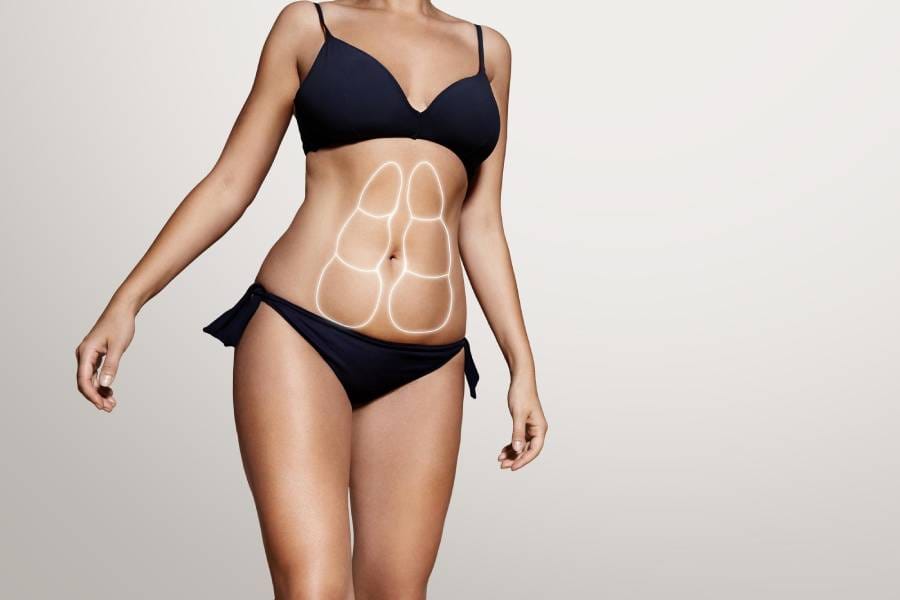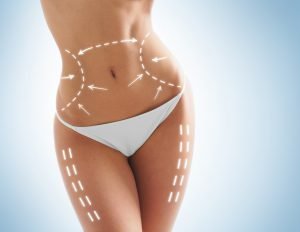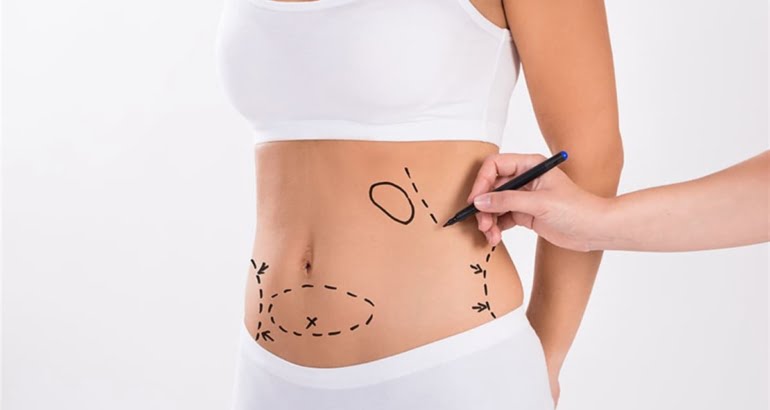Abdominoplasty is not a substitute for weight loss or an appropriate exercise program. It may be possible to achieve a flatter stomach without surgery, through healthy dieting and exercise. Many surgeons recommend that abdominoplasty should be considered only after dieting and exercise have achieved the right body shape underneath.
Before you opt for abdominoplasty, there are some important issues to keep in mind, including:
The results of an abdominoplasty are considered permanent. However, any major changes in your weight after surgery could change how you look. If you are planning substantial weight loss or considering future pregnancies, you might need to postpone the operation.
Abdominoplasty is not considered a treatment for stretch marks, although any stretch marks in the treated area will be removed permanently along with excess skin.
Smokers are at increased risk of complications from any surgery. If you are serious about undergoing cosmetic surgery, you should try to quit smoking.
How many types are there for Abdominoplasty?
Tummy tuck helps to regain contour of your tummy
Tummy tuck helps to regain contour of your tummy
There are two types of abdominoplasty, including:
full abdominoplasty – which removes excess skin and tightens underlying muscles across the whole abdominal area, including around the navel. Here, a new opening for your belly button is performed to give a youth looking to the navel.
mini abdominoplasty – which removes excess skin below the navel and tightens the lower abdominal sagging tissues and lower muscles only.
The operation is usually performed under general anaesthesia. The length of the operation will depend on the extent of the surgery, but it could take up to two and a half hours.
Generally speaking, a full abdominoplasty involves the following:

The surgeon makes a horizontal, curved incision (cut) near the pubic hairline that runs from one hip to the other. We can say it is a low bikini cut.
The skin and fatty tissue are lifted from the underlying tissue.
The surgeon will stitch and tighten slack or separated abdominal muscles.
Excess fat is removed.
Excess skin is trimmed.
The navel is repositioned.
The wounds are closed with stitches and tape.
Can you tell how it is after the operation?
After the operation, you may expect:
a drainage tube (or tubes) in the wound to help prevent fluid build-up
bruising and swelling
probable numbness in the skin between the navel and the wound
some discomfort around tummy area (not worse than a c section)
inability to stand up straight to begin with
a ‘tugging’ sensation at your abdomen
dressings or bandages on your abdomen
a compression garment to help keep the swelling down.
What is the complications?
All surgery carries some degree of risk. Some of the possible complications of abdominoplasty include:
surgical risks such as bleeding or infection
fluid build-up beneath the wound
tissue death along the wound or skin loss (mostly related with smoking)
sensory nerve damage, which may cause prolonged numbness
numbness into the thighs – this is usually temporary
prolonged swelling
unsightly, inflamed or itchy scarring ( for people who has a tendency for hypertrophic scarring)
How is the recovery and self care after abdominoplasty?
Be guided by your surgeon, but general self-care suggestions include:
Rest as much as possible.
Follow all instructions on looking after your wound.
Avoid strenuous exercise or heavy lifting for at least one month.
You may need to wear your compression garment for several weeks.
Report any bleeding, severe pain or unusual symptoms to your surgeon.
More about abdominoplasty….
It is also possible to combine your abdominoplasty with some other cosmetic surgeries such as breast lift or breast augmentation. It is also possible to combine with a liposuction of certain parts of the body for body contouring purposes. Please discuss all of these option with your doctor if this is possible for your particular case as this combined surgeries need to be discussed for each candidate. Some people might not be eligible for this combination surgeries.



